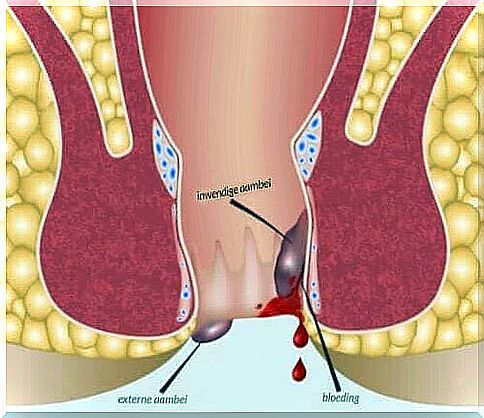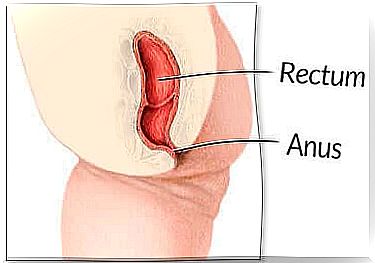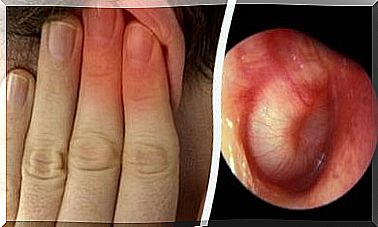Anoscopy: An Overview Of The Procedure

Anoscopy is a technique for looking inside the sphincter of a human. A doctor may also examine the duct and even the outer part of the rectum (the last part of the colon). This is done so that experts can study this part of the digestive tract.
In any case, they need an anoscope to perform this method. The procedure consists of a flexible thin tube that is inserted into a person’s sphincter. This instrument contains a halogen lamp that illuminates the area for good visibility. They can also attach a fiber optic cable as it provides a better view of the rectal walls.
In some clinical cases, the corresponding physician will also apply a chemical compound to these walls. The doctor then illuminates the area with a fluorescent lamp that allows him to identify any areas affected by disease. This is known as high-resolution anoscopy.
Doctors use this procedure for other purposes, such as biopsies and for placing elastic band ligatures. However, its main function is to diagnose rectal tumors and other similar pathologies.
Anoscopy: the procedure

First, the practitioner will inform a patient of the need to undergo this procedure. But before doing so, the patient should report any allergies and medications he or she is taking, among other things. The doctor may also recommend an enema or a laxative to clear the rectal canal so that it can be looked at more closely.
Once the patient is in position, a doctor will check the status of the sphincter. He usually checks the external area to look for any lesions present.
Next, the doctor cleans the area and gently inserts the anoscope. In general, anesthesia is not used because the procedure is not very painful.
A biopsy may cause minor discomfort and bleeding in patients. However, this is only temporary. The bleeding usually disappears within a few days. In this way, a patient can usually return home without major complications.
Finally, the doctor can reveal the results of the anoscopy right after this visualization technique. As you can see, this is a good way for a doctor to identify the source of any problems that may affect the rectal canal.
He then plans another visit if he has another biopsy to do. In this way, he can achieve definitive results a few weeks after the procedure.
Who is an anoscopy for?

As we mentioned above, an anoscopy allows a doctor to visualize the inside of a patient’s rectum. So they do it when a patient complains of discomfort in this area. The most common conditions for which this technique is very useful are:
- polyps
- abscesses
- Cancer
- Human Papillomavirus (HPV)
- Any wounds
- Cracks that cause discomfort and bleeding
- Hemorrhoids (can lead to discomfort and bleeding). This method is only used if they are not visible from the outside
A specialist may use an anoscopy if they need a biopsy of the area. He can also use it to place an elastic band ligature to treat hemorrhoids.
However, there are several medical conditions where it is not a good idea to prescribe an anoscopy, such as with a hemorrhoidal crisis or during the development of an infection.
To consider
Finally, a patient may experience severe pain and bleeding, as well as fever, chills, and even infection if the doctor makes a mistake during the procedure.
Thus, a patient should see a doctor as soon as possible if he experiences any of the above-mentioned symptoms. Avoid self-medication or other measures unless pre-approved by your doctor.









